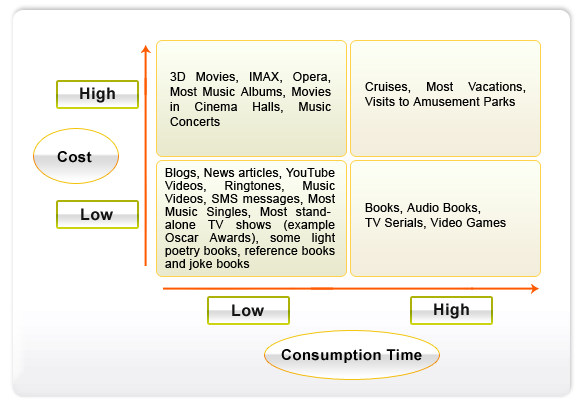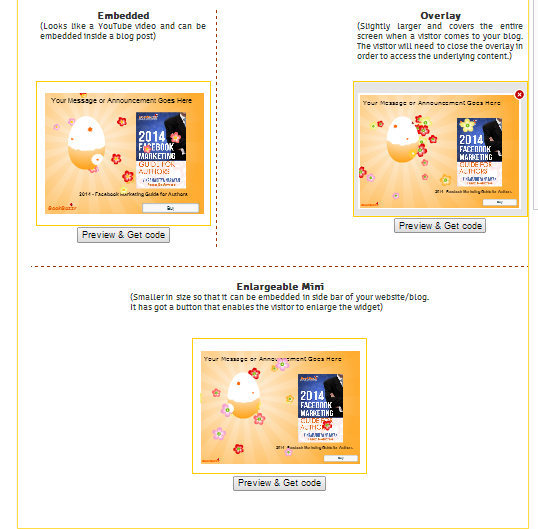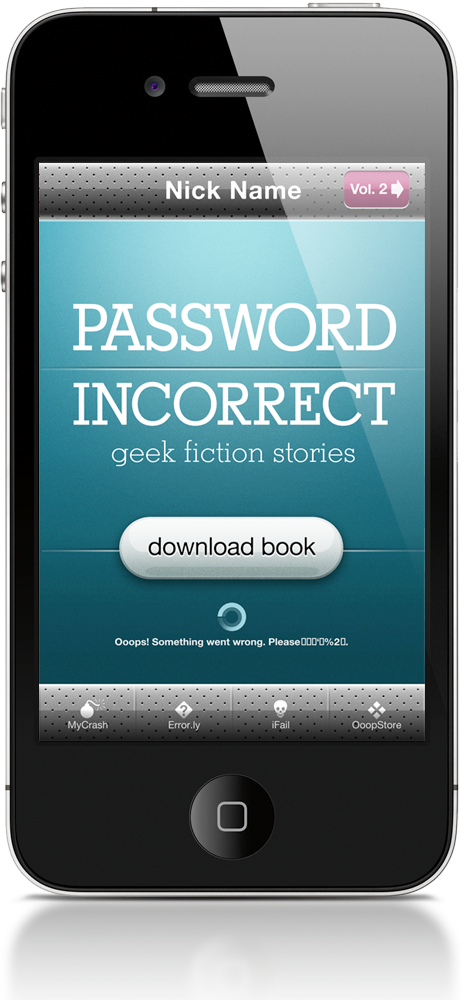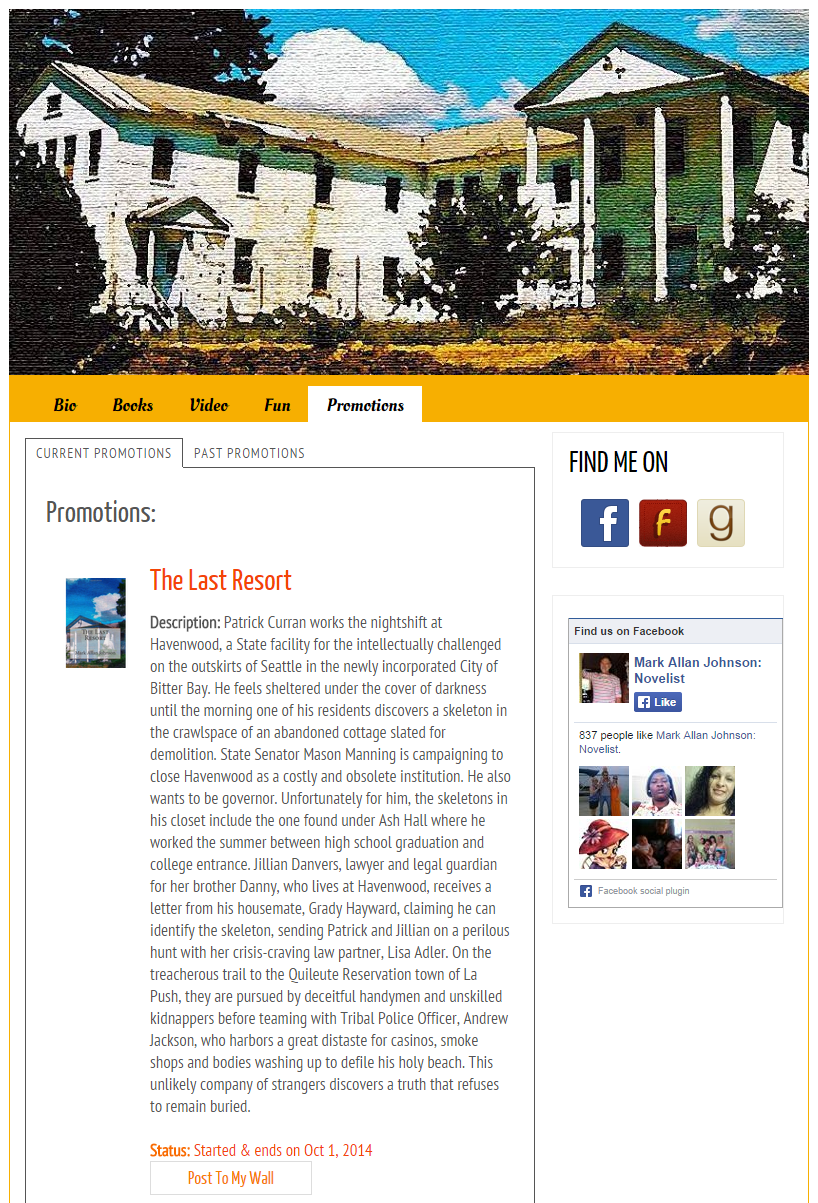I recently read these two posts (Post 1 and Post 2) by Mark Coker over at Smashwords discussing the relatively new business model of ebook subscription services being pioneered by Oyster and Scribd. The basic idea is that subscribers pay a fixed monthly fee to access an unlimited number of ebooks.
This article analyzes these developments and what it really means to Indie authors (and to services like Smashwords.)
You Can’t Fight a Gorilla with a Fly Swatter
Amazon is the Big Gorilla in the room.
Mark himself says, “The closest, most familiar analog to Oyster on the ebook market today is Amazon’s Kindle Owners Lending Library, where subscribers to Amazon’s Prime service who own a Kindle can download and read one ebook for free per month. The author or publisher, who must enroll their book in Amazon’s KDP Select program to benefit from KOLL, earns about $2.00 for each download.”
You can hate Amazon as an author. You can choose to not do business with them. But the fact remains that consumers love them. And serious book buyers get most, if not all of their books (whether digital or physical) from Amazon.
Oyster and Scribd are seriously outmatched.
Authors and publishers may do deals with them in order to hedge their bets and hope that they can give a pin-prick to Amazon. But the bulk of the readers will not even notice that these alternatives exist.
For them, they just get their books on the Kindle. One reader I spoke to recently had not even realized that she had been buying books on her Kindle. She did not even think of the activity of adding books to her Kindle as a buying activity.
So … you can’t go to battle with the world’s most customer-centric company with a toothpick and a flawed premise or two.
The Book Business is Not like the Music Business
Both Scribd and Oyster appear to be under the illusion that the book business is like the music business. Even Mark Coker hints at this by saying, “The closest analog to Oyster in the music business is Spotify, and in the video rental business it’s our Los Gatos neighbor NetFlix.”
Over 3 years ago, I wrote a series of articles called the Seven Book Marketing Mistakes That Authors Make. Just take a look at the matrix below from that series:

The music business is different in three important ways:
1. Repeat Value: People can listen to the same song over and over again. There is a repeat value for music. On the other hand, once you read a great book, your desire to read it again goes down dramatically. Of course, there are cases where you may want to re-read certain passages … but those occasions are the exception rather than the norm.
2. Consumption Time: The time to consume a song is about 5 minutes. So if a friend suggests a song to you, you might be willing to give it a try. On the contrary, it takes several hours to read a book.
3. Viral Loops: Music is inherently a social activity. The pleasure in listening to a song with someone else is often greater than listening alone. The incentive to share via word-of-mouth is great. Reading, on the other hand, is a solitary activity – a conversation between the writer and the reader. At most you may want to share information about the book with a few book-loving friends when you meet up.
Readers Are Overloaded with Books
A recent reader whom I spoke to mentioned that she has amassed over 300 free ebooks on her Kindle (via the Kindle Free Days). And their options for getting legal free books are nearly endless. You have libraries, services like NetGalley, giveaway sites like our Freado and so much more. Add in the fact that many of the popular ebooks are available as torrent downloads on pirate sites and we’re talking about readers who collectively, physically don’t have the time to read more books. Unless you can bend the laws of physics and add in an additional two hours a day don’t expect these services to succeed.
Both Services Lack a Deeper Understanding of the Book Business
Readers can be sub-divided into:
1. The Gamers: These are the folks who will understand how a system works and figure out a way to take advantage of the loop holes. These kinds of readers are smart in a way that these services don’t want them to be. They are looking for free stuff. They will take their free month. Finish reading the books that they wanted to read and then cancel. Then they will repeat the cycle using another account. In fact, Scribd made its mark by appealing to such readers and being the ultimate source for pirated books for a while.
2. The Occasional Readers: These are the people who read just one or two books a year because their friends told them to pick up ‘that book’. A book conjures up visions of a text book and tests and scary looking grammar teachers from school. These readers identify themselves as ‘non-readers’ and will not even consider Oyster and Scribd.
3. The Heavy Readers (aka big spenders): These are the folks who read books day and night. Heaven for them is a library full of books. These folks may or may not be earning a lot of money … but they tend to spend money on books. Both Oyster and Scribd may have a small, almost insignificant chance to appeal to this niche. BUT … they have not thought through the economics of the business model.
The 80/20 Principle or How Stuff Really Works
The 80/20 or Pareto Principle basically says that 80% of the revenues will come from 20% of the consumers. 80% of airline revenues come from 20% of passengers (the people who fly business class.) 80% of Las Vegas Casino revenues come from 20% of their customers (the High Rollers.) And … traditionally 80% of the book sales have been coming from 20% of the purchasers – The Heavy Readers.
Another large part of the book industry’s revenues comes from purchased but unread books. Think back to your own library and reflect on the number of books that have remained unopened. Well, congratulations! You have helped the book industry along with your unintended benevolence.
Now, these businesses have a flawed new business model where they will collect less money from the high rollers AND not charge users for their unread books. So, assuming that these services succeed, they would have, in one miraculous stroke, reduced the amount of money that they collect from each of the Big Spending Heavy Readers. They would be capturing a smaller share of the readers’ wallet. And will be flushing the Indie authors royalties down the tube along with their VC money.
You may argue that this is ultimately good for the consumer and that the economics of the business have a downward pressure. But the reality is that no publisher will put up their best books on these services for long because publishers (and many big name authors) inherently understand the economics of their business. And without great books to lure readers, you get …
A Downward Spiral
Both services are hoping that by initially seeding the services with great books they will attract readers who will, in turn, attract more great books which will eventually lead to a virtuous cycle. But once publishers and brand name authors realize that their potential upside and profits are limited (to $9 per month multiplied by the number of readers), they will no longer support it fully. And without great books, the few remaining subscribers will abandon their free trials.
How Smashwords Will Succeed in This Scenario
Smashwords makes money if your book sells. What this really means is that a few ‘hits’ will power most of Smashwords’ revenues. The vast majority of books will result in little or no sales and will make no difference to Smashwords. And the more outlets (distribution channels) there are, the more useful Smashwords will be as a one-stop distributor.
But here’s the deal …
Smashwords does not know in advance which of its books will succeed. So it makes sense to have thousands of books being routed through the Smashwords platform. Given enough data points, one of the data points will be an outlier that sells millions of copies of books. Put another way, if millions of people invest in the stock market, a few of them will land up making a lot of money.
With its brilliant business model, Smashwords is betting on all of the writers simultaneously and at no significant expense! Sooner or later, Smashwords will land up being the distributor for the next JK Rowling or EL James and take a share of that author’s revenues. I think it’s a fantastic business model.
But does it help the average Indie author? The one who will necessarily need to be a data point so that one of the other data points can become an outlier?
So what does all this mean if you are an Indie author?
1. Don’t get your hopes too high about these services. Think of them as additional, free advertising channels for your book.
2. Don’t be afraid to price your book higher. Readers are less price-conscious than you think. Remember that you are giving them hours of pleasure. Don’t devalue your art.
3. Don’t cut off your ties with Amazon. Most authors will attest to the fact that the bulk of their sales still come from Amazon regardless of some authors complaining that their KDP promotions no longer work.
4. Think about being different. Don’t jump on to a bandwagon just because everybody else is doing it. As the late Jimmy Goldsmith would say … if you can see a bandwagon, it’s probably too late to get on to it. So think hard about what you are offering to readers that other authors are not offering.
5. Write books in series. Price the first book at free. Charge a higher price for the later books in the series. If your book is truly worth it, readers will hunt down the book and pay a fair price for it. You’ve earned it.
6. Build your author brand where your readers hang out … on Facebook, Twitter, Amazon and yes … even on Scribd and Oyster (but just don’t expect these services to boost your sales.)
7. Invest time and thought on a great title. Invest money on a great cover. Make sure to test your book’s synopses to ensure that it resonates with readers. Most readers move from title to cover to synopses (back cover) … so make sure that you are truly hooking them there.
8. Make sure that you have conversation triggers inside your book to encourage discussion around your book at coffee shops when your readers meet.
9. Invest in great editing and make sure that you have a product that you are proud of
10. Learn the art of book promotion and realize that it’s a lifelong activity.
Will Scribd and Oyster succeed? Will they help indie authors? Will they make a dent on Amazon? Chime-in with comments below.





